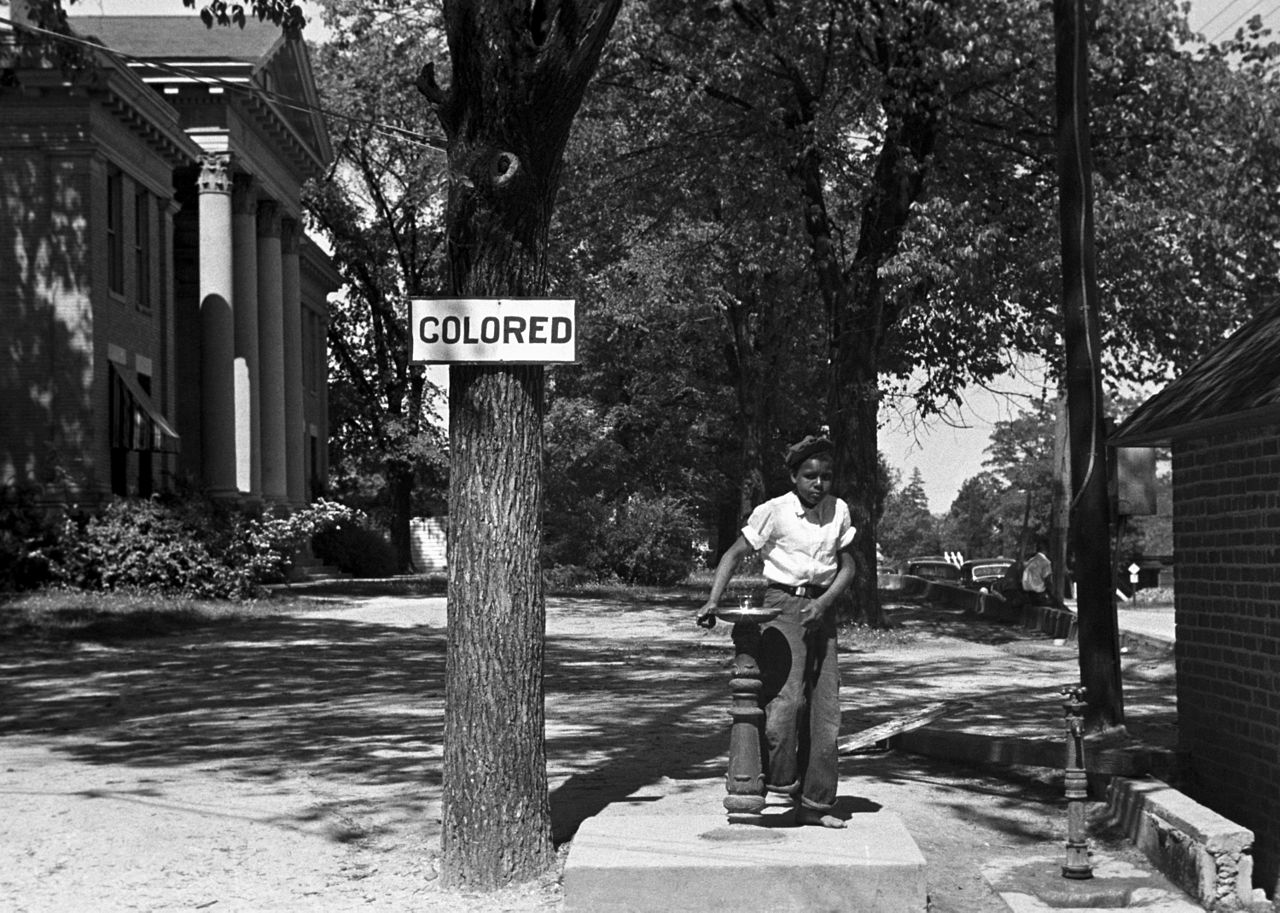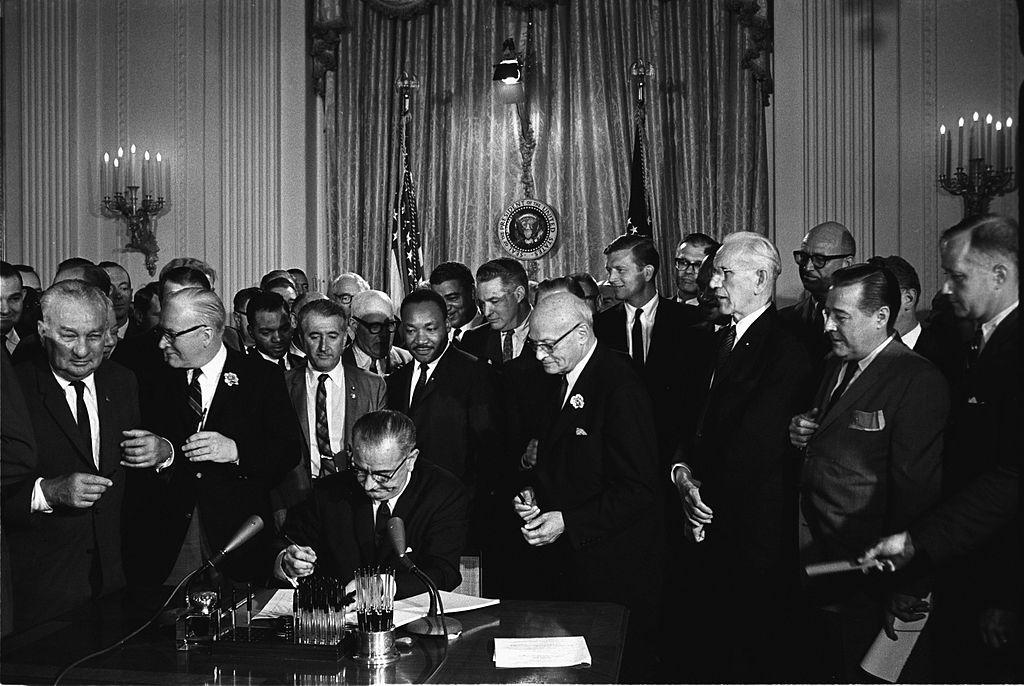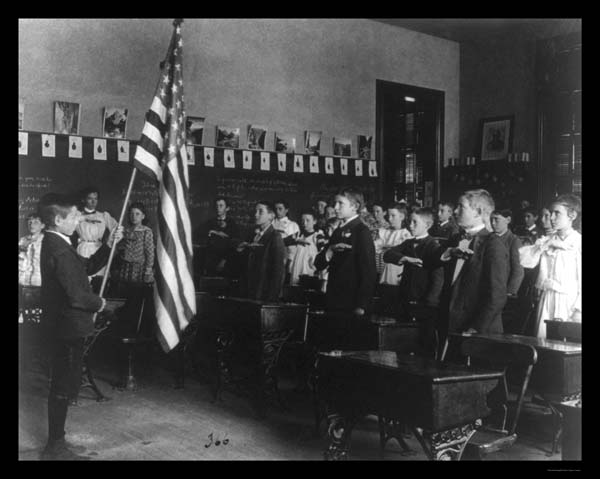2.2: Lecture Content
- Page ID
- 23447
\( \newcommand{\vecs}[1]{\overset { \scriptstyle \rightharpoonup} {\mathbf{#1}} } \)
\( \newcommand{\vecd}[1]{\overset{-\!-\!\rightharpoonup}{\vphantom{a}\smash {#1}}} \)
\( \newcommand{\id}{\mathrm{id}}\) \( \newcommand{\Span}{\mathrm{span}}\)
( \newcommand{\kernel}{\mathrm{null}\,}\) \( \newcommand{\range}{\mathrm{range}\,}\)
\( \newcommand{\RealPart}{\mathrm{Re}}\) \( \newcommand{\ImaginaryPart}{\mathrm{Im}}\)
\( \newcommand{\Argument}{\mathrm{Arg}}\) \( \newcommand{\norm}[1]{\| #1 \|}\)
\( \newcommand{\inner}[2]{\langle #1, #2 \rangle}\)
\( \newcommand{\Span}{\mathrm{span}}\)
\( \newcommand{\id}{\mathrm{id}}\)
\( \newcommand{\Span}{\mathrm{span}}\)
\( \newcommand{\kernel}{\mathrm{null}\,}\)
\( \newcommand{\range}{\mathrm{range}\,}\)
\( \newcommand{\RealPart}{\mathrm{Re}}\)
\( \newcommand{\ImaginaryPart}{\mathrm{Im}}\)
\( \newcommand{\Argument}{\mathrm{Arg}}\)
\( \newcommand{\norm}[1]{\| #1 \|}\)
\( \newcommand{\inner}[2]{\langle #1, #2 \rangle}\)
\( \newcommand{\Span}{\mathrm{span}}\) \( \newcommand{\AA}{\unicode[.8,0]{x212B}}\)
\( \newcommand{\vectorA}[1]{\vec{#1}} % arrow\)
\( \newcommand{\vectorAt}[1]{\vec{\text{#1}}} % arrow\)
\( \newcommand{\vectorB}[1]{\overset { \scriptstyle \rightharpoonup} {\mathbf{#1}} } \)
\( \newcommand{\vectorC}[1]{\textbf{#1}} \)
\( \newcommand{\vectorD}[1]{\overrightarrow{#1}} \)
\( \newcommand{\vectorDt}[1]{\overrightarrow{\text{#1}}} \)
\( \newcommand{\vectE}[1]{\overset{-\!-\!\rightharpoonup}{\vphantom{a}\smash{\mathbf {#1}}}} \)
\( \newcommand{\vecs}[1]{\overset { \scriptstyle \rightharpoonup} {\mathbf{#1}} } \)
\( \newcommand{\vecd}[1]{\overset{-\!-\!\rightharpoonup}{\vphantom{a}\smash {#1}}} \)
\(\newcommand{\avec}{\mathbf a}\) \(\newcommand{\bvec}{\mathbf b}\) \(\newcommand{\cvec}{\mathbf c}\) \(\newcommand{\dvec}{\mathbf d}\) \(\newcommand{\dtil}{\widetilde{\mathbf d}}\) \(\newcommand{\evec}{\mathbf e}\) \(\newcommand{\fvec}{\mathbf f}\) \(\newcommand{\nvec}{\mathbf n}\) \(\newcommand{\pvec}{\mathbf p}\) \(\newcommand{\qvec}{\mathbf q}\) \(\newcommand{\svec}{\mathbf s}\) \(\newcommand{\tvec}{\mathbf t}\) \(\newcommand{\uvec}{\mathbf u}\) \(\newcommand{\vvec}{\mathbf v}\) \(\newcommand{\wvec}{\mathbf w}\) \(\newcommand{\xvec}{\mathbf x}\) \(\newcommand{\yvec}{\mathbf y}\) \(\newcommand{\zvec}{\mathbf z}\) \(\newcommand{\rvec}{\mathbf r}\) \(\newcommand{\mvec}{\mathbf m}\) \(\newcommand{\zerovec}{\mathbf 0}\) \(\newcommand{\onevec}{\mathbf 1}\) \(\newcommand{\real}{\mathbb R}\) \(\newcommand{\twovec}[2]{\left[\begin{array}{r}#1 \\ #2 \end{array}\right]}\) \(\newcommand{\ctwovec}[2]{\left[\begin{array}{c}#1 \\ #2 \end{array}\right]}\) \(\newcommand{\threevec}[3]{\left[\begin{array}{r}#1 \\ #2 \\ #3 \end{array}\right]}\) \(\newcommand{\cthreevec}[3]{\left[\begin{array}{c}#1 \\ #2 \\ #3 \end{array}\right]}\) \(\newcommand{\fourvec}[4]{\left[\begin{array}{r}#1 \\ #2 \\ #3 \\ #4 \end{array}\right]}\) \(\newcommand{\cfourvec}[4]{\left[\begin{array}{c}#1 \\ #2 \\ #3 \\ #4 \end{array}\right]}\) \(\newcommand{\fivevec}[5]{\left[\begin{array}{r}#1 \\ #2 \\ #3 \\ #4 \\ #5 \\ \end{array}\right]}\) \(\newcommand{\cfivevec}[5]{\left[\begin{array}{c}#1 \\ #2 \\ #3 \\ #4 \\ #5 \\ \end{array}\right]}\) \(\newcommand{\mattwo}[4]{\left[\begin{array}{rr}#1 \amp #2 \\ #3 \amp #4 \\ \end{array}\right]}\) \(\newcommand{\laspan}[1]{\text{Span}\{#1\}}\) \(\newcommand{\bcal}{\cal B}\) \(\newcommand{\ccal}{\cal C}\) \(\newcommand{\scal}{\cal S}\) \(\newcommand{\wcal}{\cal W}\) \(\newcommand{\ecal}{\cal E}\) \(\newcommand{\coords}[2]{\left\{#1\right\}_{#2}}\) \(\newcommand{\gray}[1]{\color{gray}{#1}}\) \(\newcommand{\lgray}[1]{\color{lightgray}{#1}}\) \(\newcommand{\rank}{\operatorname{rank}}\) \(\newcommand{\row}{\text{Row}}\) \(\newcommand{\col}{\text{Col}}\) \(\renewcommand{\row}{\text{Row}}\) \(\newcommand{\nul}{\text{Nul}}\) \(\newcommand{\var}{\text{Var}}\) \(\newcommand{\corr}{\text{corr}}\) \(\newcommand{\len}[1]{\left|#1\right|}\) \(\newcommand{\bbar}{\overline{\bvec}}\) \(\newcommand{\bhat}{\widehat{\bvec}}\) \(\newcommand{\bperp}{\bvec^\perp}\) \(\newcommand{\xhat}{\widehat{\xvec}}\) \(\newcommand{\vhat}{\widehat{\vvec}}\) \(\newcommand{\uhat}{\widehat{\uvec}}\) \(\newcommand{\what}{\widehat{\wvec}}\) \(\newcommand{\Sighat}{\widehat{\Sigma}}\) \(\newcommand{\lt}{<}\) \(\newcommand{\gt}{>}\) \(\newcommand{\amp}{&}\) \(\definecolor{fillinmathshade}{gray}{0.9}\)Lecture Content
Learning Unit 1
Politics and Government Learning Unit
American Democracy: Majority Rule
The word democracy does not appear in any of America’s founding documents. For good reason, democracy, while championing popular rule, more oft than not, lends itself to tyranny and, in some cases, eventual demise (1) . To this end, John Adams said that “remember, democracy never lasts long. It soon wastes, exhausts, and murders itself. There never was a democracy yet that did not commit suicide.” (5) Thus, being conscious of this tendency, the Framers constructed a republican form of government wherein the sole purpose of its existence was — and remains — to protect the rights of its citizens.
However, this limited form of government naturally conflicts with the predominate theme of democracy; that is, majority rule. This decision-making tool functions as the ultimate power behind democracy wherein the people rule outright or through elected officials. In either case, therein lies the propensity for minority rights to be overshadowed — and overruled — by the popular masses.
Concerned with this inclination toward mob rule, the Framers attempted to address this concern in a number of ways:
- The establishment of a bicameral legislature wherein power is diffused across two chambers rather than concentrated in one single entity.
- Presidential veto power over the 535 members of Congress.
- Election of the President via the Electoral College rather than by a majority/popular vote.
Notwithstanding, even in light of such provisions, American democracy has been plagued with egregious violations of majority rule. (1)
Minority Rights
Nowhere in American society has majority rule been so prevalent than in the realm of minority rights. The term “minority” takes many forms, from race and ethnicity to gender, sexuality, religion, etc. With this in mind, note the following:
Segregation By “Popular” Demand
The plight of Black America is, by far, one of the most recognized perils of majority rule in American polity. State laws, by popular majority rule, in many jurisdictions sanctioned and blessed the notion of racial segregation. Even with the passage of the Civil War Amendments, white majority rule triumphed in America, specifically in the Southeastern half of the nation, as a “democratically ” acceptable form of oppression. It would take a valiant effort by many to launch the Civil Rights Movement of the 1950s and 60s to secure the blessing of liberty for African-Americans in the United States. (1)


Faith and Democracy
The historicity of American polity chronicles majority rule in religious matters. We see this phenomenon very early on during colonial times where state-sponsored religion was pervasive. For instance, Massachusetts state laid claim to the Anglican faith while the state of Connecticut expressed firm belief in the Christian Congregational Church. This trend would continue through the mid-to-late 19 th century, only becoming null and void with the passage of the Fourteenth Amendment, which nixed discriminating state laws. Notwithstanding, even with the end of mandated religion, the legacy of this early endorsement would ensure that some faiths would be marginalized over others in times to come.
The Christian Congregation of Jehovah’s Witnesses speaks well to such alienation. Formally organized in the 1870s, members of this faith have faced substantial challenges under democratic, majority rule. In particular, their very unique beliefs place them at odds with conventional Christian theology. For instance, their faith forbids them from taking “ungodly” oaths such as America’s Pledge of Allegiance. While less controversial today, their refusal of such during the early part of the 20 th century, amid two World Wars, was far more complicated and costly then. Indeed, for such resistance — unpatriotic resistance as it was deemed — children of Jehovah’s Witnesses were often expelled from school. (1)
The initial democratic challenge to this obstacle came in the form of Minersville v. Gobitis (1940) wherein the Supreme Court’s inequitable opinion upheld the mandatory flag salute. Be sure to review Minersville v. Gobitis (1940) . (6)
Notwithstanding, members of the faith would continue to oppose such tyranny, and in 1943, the Supreme Court reversed its opinion with West Virginia Board of Education v. Barnette. Be sure to review West Virginia Board of Education v. Barnette . (5)
It is important to note that the basis of the Court’s ruling, here, emanated from the First Amendment, as “The Court found that such a salute was a form of utterance [speech] and was a means of communicating ideas” (West Virginia Board of Education v. Barnette, 1943). However, the implications for religious liberty vis-à-vis majority rule were huge; that is, no longer could minority religious rights be trampled by the majority’s 50 percent plus one rule. Thus, whether one be Catholic, Baptist, Atheist, and/or etc., the right to freely practice can be traced back to this one group, the Christian Congregation of Jehovah’s Witnesses. (1)


